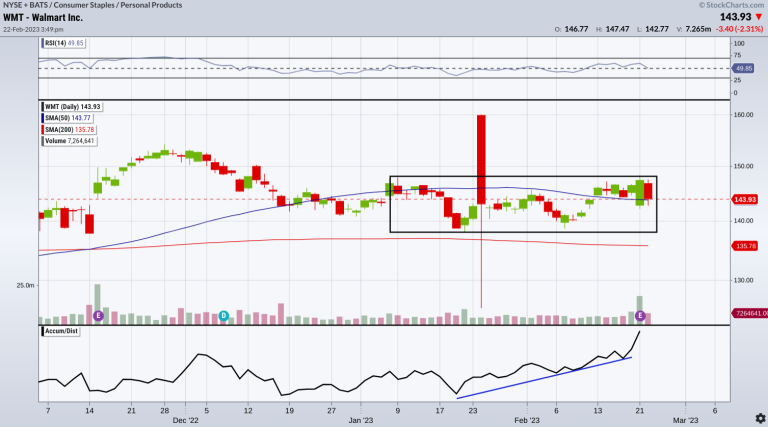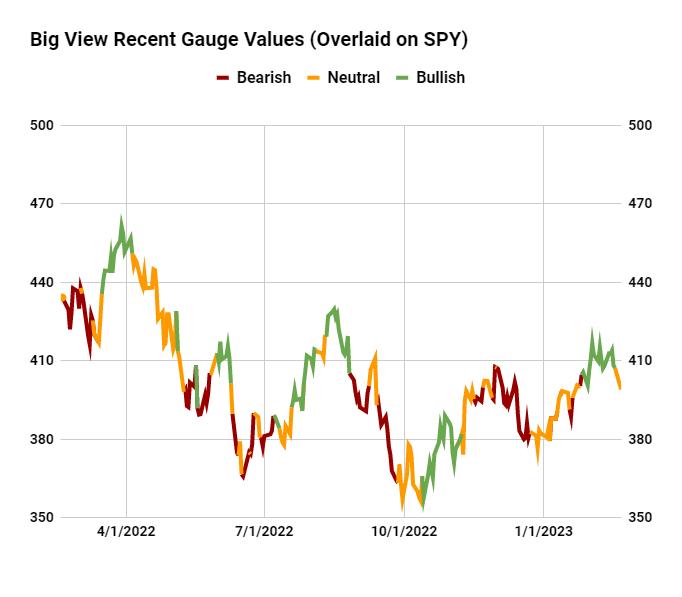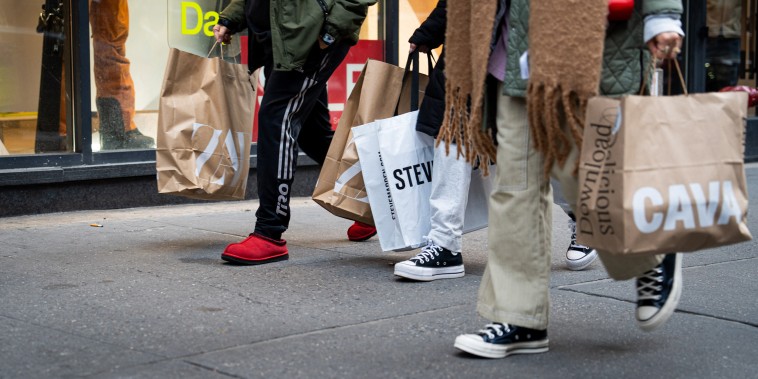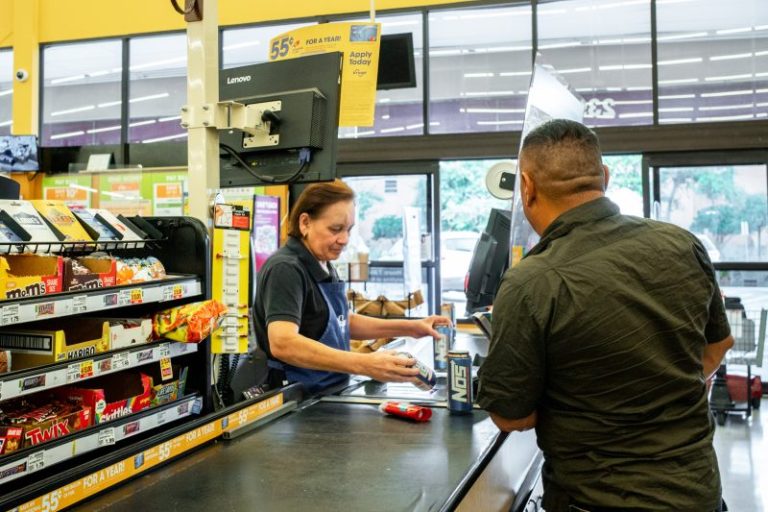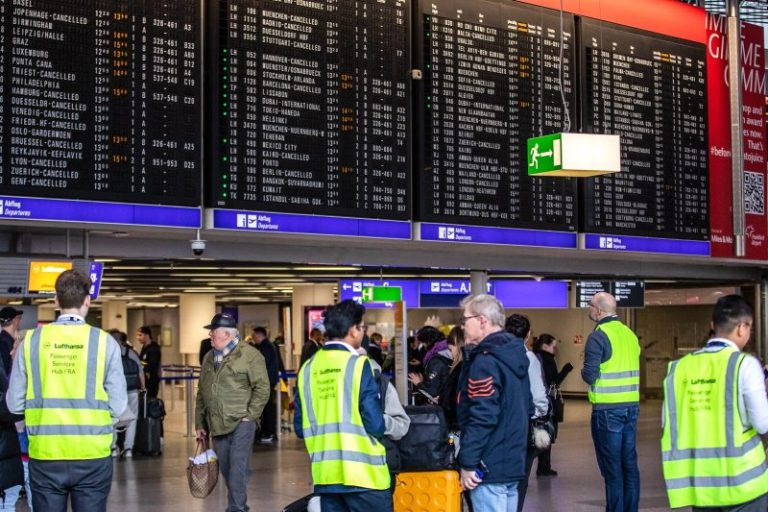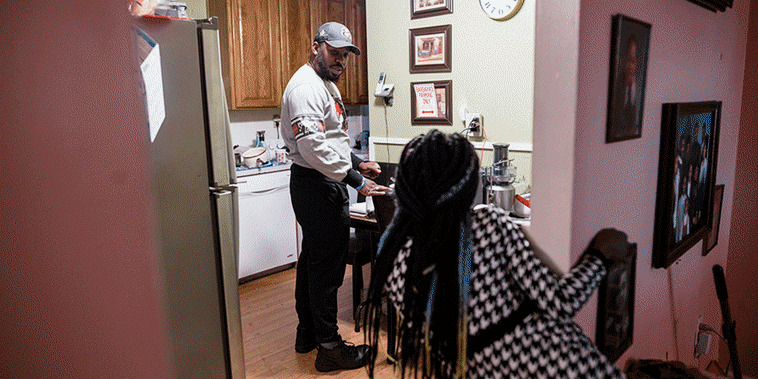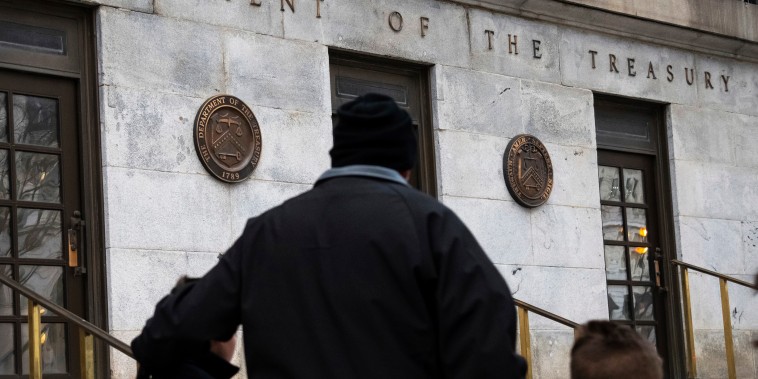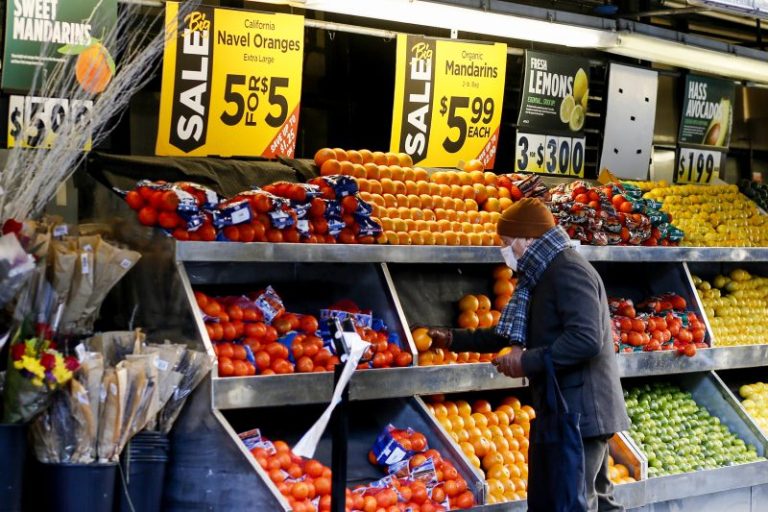Walmart’s (WMT) stock price jumped slightly over half a percent last Tuesday upon releasing its Q4 2022 earnings report. The retailer topped Wall Street’s earnings and revenue estimates. And, despite expectations of a retail slowdown in the coming quarters, the company’s guidance matched the undercurrent of accumulation that’s on the verge of an upward breakout.
The buying pressure boils down to one validating factor: Walmart is “naturally hedged,” as CEO Doug McMillion stated during its earnings conference call.
If the economy is strong, then customers will go for more discretionary items.If the economy is weak and customers have less to spend, they’ll shop for value.
Walmart is like a well-diversified portfolio of goods. It has a lot of both. So, does this mean you should include it in your portfolio?
Poised for a Breakout
CHART 1: DAILY CHART OF WALMART STOCK. WMT has been in a trading range between January 6 and February 22, 2023. If the stock breaks out above the rectangle, there’s a chance it could revisit its November high of $154.06.Chart source: StockChartsACP. For illustrative purposes only.
Here’s what WMT stock has going for it.
Locked in an 8-week trading range. Looking past the January 24 NYSE glitch that mars the screen and pattern, you can see a rectangle formation between January 6 and the present. Resistance is roughly at 147.75, while support is near 138.65.Attempted breakout. Bulls attempted to ride the momentum of WMT’s positive earnings report on Tuesday, February 21, beyond the top of its range. That didn’t quite work out, as shares failed to close above the range. But volume behind the attempt spiked. On the following day, despite price nearly retracing the previous day’s candle, note the low volume supporting this bearish attempt. It appears as if buying pressure may have the upper hand.Buying pressure building up. The accumulation and distribution line seems to support this thesis, as the buying pressure outlines a clear uptrend and divergence despite a flat and seemingly “sideways” bounce in price between support and resistance.
Overall, the chart pattern appears bullish, and it’s important to note that rectangle breakouts on strong volume tend to outperform those without it. With that said, if you trade a breakout above resistance, note that the next level resistance to anticipate is the November high of 154.06. Placing a stop loss at the bottom of the rectangle formation might also be a prudent choice, as a violation of this low may be considered significant enough to invalidate any bullish thesis.
The Fundamental Picture
Over the last year, Walmart has outperformed its own sector (Consumer Staples) and the broader market (S&P 500). This is evident from a quick-glance scan using PerfCharts.
CHART 2: WALMART VS. CONSUMER STAPLES VS. SPY. Walmart has outperformed the Consumer Staples sector and the SPDR S&P 500 ETF SPY in the last six months.Chart source: StockCharts.com. For illustrative purposes only.
And if you do a quarterly technical check using the Sector Summary tool on StockCharts, you can see that the Consumer Staples Select Sector SPDR ETF (XLP) has a tepid SCTR (StockCharts Technical Rank) ranking of 54.9 against Walmart’s SCTR ranking of 63.9. Though not the hottest technical ranking, this is where you have to weigh fundamental potential against its recent price action.
While Consumer Staples stocks helped investors weather the 2022 storm, 2023 may continue to present most of last year’s challenges, namely rising manufacturing costs that make their way to raising consumer product costs.
Again, Walmart is a well-diversified retailer, with regard to its product segments and its inventory of private label products. Consumer Staples companies that offer private label products tend to be more resilient in inflationary and recessionary environments because they have enough wiggle room to competitively lower their prices, attracting more consumers.
The Bottom Line
Consumer staples companies tend to perform well when the economic environment calls for a more defensive play. Fortunately, Walmart is in a position to shift its focus from staples to discretionary products and back, giving it the kind of adaptability that makes it resilient across different segments of the business cycle.

